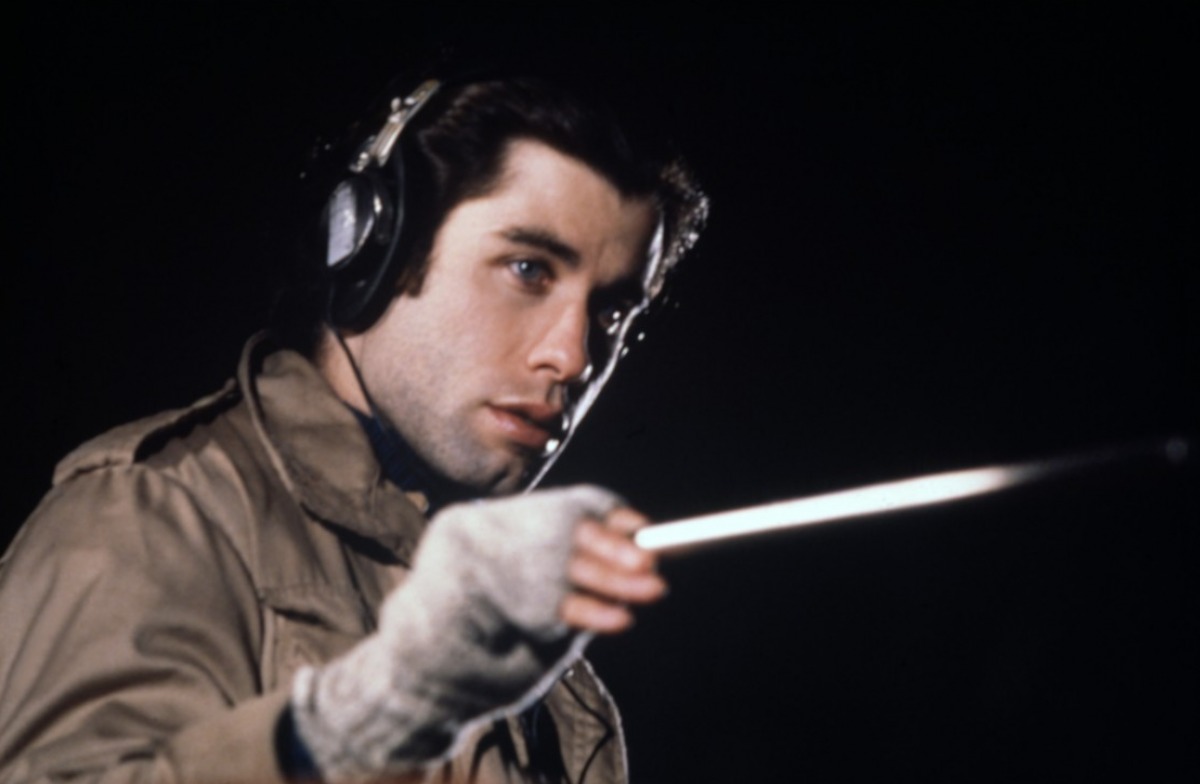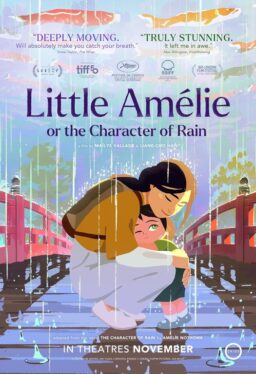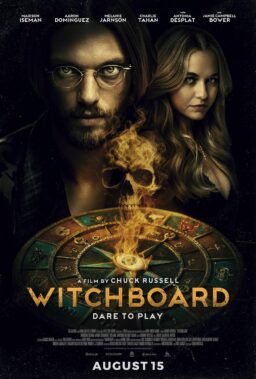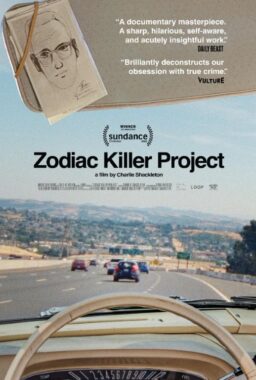John Travolta came to Chicago on Friday. It was a little like a state visit, with tight security, police barricades and long black limousines speeding between luxury hotels and City Hall. Travolta, who is one of the two or three most popular box office attractions in the world, was here to promote his new, thriller, “Blow Out.” People were interested in the thriller, but fascinated by Travolta.
At City Hall, Mayor Byrne presided at a picture-taking session that was supposed to publicize the movie’s charity premiere and certainly publicized Byrne, Travolta, and his co-star, Nancy Allen. While throngs of moderate size surged politely behind token police lines, Travolta and Allen were ushered into the mayor’s office to shake hands, form a receiving line, and answer reporters’ questions:
Q. (to Mayor Byrne): What is your favorite John Travolta movie?
A. “You know, I really could answer that question. My daughter Kathy this morning was telling me about John’s three best movies, and so I could tell you all about them… but I won’t.”
Q. Mayor Byrne… would you like to dance with John Travolta?
A. “To do what? No, thanks. I’m doing a lot of dancing already, with the RTA, and the CTA.”
After the City Hall ceremonies, Travolta and Allen went back to the Park Hyatt Hotel to face TV and press interviews with a corps of visiting entertainment reporters who had been flown in from all over the Midwest. Reporters were briefed that Travolta desired “news questions,” another way of saying the very private star did not desire personal questions.
It turned out to be an impossible request to honor. For example… how could a hard-digging entertainment reporter resist asking for Travolta’s version of the famous date he had two weeks ago with 16-year-old Brooke Shields?
The wire services reported that Brooke’s angry mother had gone looking for them after Brooke still wasn’t home at 3 a.m. But Brooke’s version was different. Travolta agreed the whole incident grew out of a big misunderstanding, after Brooke’s mother actually requested him to take Brooke to his hotel so they could avoid the hordes of devouring paparazzi encamped outside the Shields home.
Conclusion: Either the Travolta-Shields date was the most uneventful social occasion of the year, or they spent the whole evening matching up their stories.
There is something about Travolta, though, that makes you tend to believe whatever he says about things like the Brooke affair. At 27, the star of the two most successful musicals in history (“Grease” and “Saturday Night Fever”) is an enormously likable man whose face lights up when he smiles.
Travolta hates to do interviews, but made the publicity trip to Chicago because (a) he thinks “Blow Out” is a good film, and (b) he is loyal to the film’s director, suspense specialist Brian de Palma, who gave Travolta his first substantial theatrical film role in “Carrie” (1976). His co-star, Nancy Allen, made the trip because (a) she also likes the film, and (b) she is married to De Palma, who also starred her in last year’s “Dressed to Kill.”
“Blow Out”’s inspiration seems to come about equally from several real-life assassinations and cover-ups, and from “Blow Up,” the 1966 film by Michelangelo Antonioni, in which a photographer obsessively scrutinizes pictures that either do or do not reveal a dead body. The film’s ingredients are like a roman a clef of American political intrigue, featuring a gunshot from a grassy knoll, a Zapruder-type assassination film, a Watergate-style dirty trickster, and an automobile plunging off a bridge and trapping a politician and a young girl inside.
“People will inevitably refer to this film,” I said, “as ‘Blow Up’ meets the Grassy Knoll at Chappaquiddick.”
“Well, of course people are going to think of Watergate and of the Kennedys,” Nancy Allen said. “This is the kind of movie that reflects the confusion we all feel about what really happened for the last 20 years.”
Travolta said it was perhaps time for Americans to look at conspiracies as willingly as the Europeans do: “They’ve been thinking of political conspiracies for years, because of course they have a lot of them, but Americans don’t like to think that way. Well…”
In the movie, Travolta plays a sound re cording engineer for a fly-by-night Philadelphia horror film factory (possibly inspired by George [“Night of the Living Dead”] Romero’s operation in Pittsburgh). One night while he’s outdoors recording hoot owls for his new sound track, he records the sounds of the death car plunging into the water. He dives in and saves Nancy Allen, who is trapped inside. Later, listening to his tapes, he becomes convinced he can hear a gunshot just before the sound of a tire blowing out.
That sound begins to enmesh him in a conspiracy that ranges from the White House to skid row, and from a dirty trickster to a Jack Ruby-type sleaze merchant who specializes in photos of adulterous husbands in compromising positions.
“The roles in this movie were originally intended for somebody like Al Pacino or Richard Dreyfuss, for the man, and Ann-Margret or Dyan Cannon, for the woman,” Travolta explained, settling down beside Allen on an overstuffed sofa in the hotel suite. “When they cast us, Brian did a lot of rewriting, but the nicest changes in the characters came out of the relationship we had as actors. We kept asking each other, ‘What do you feel my character would do in a situation like that?’ And we found our performances changing, because we were able to listen to one another.”
“Let’s do a demonstration,” Nancy Allen said.
“The scene where I surprise you without your makeup on,” Travolta said.
“Here goes,” said Allen.
They faced each other on the couch.
Travolta (suggestively): I didn’t realize how pretty you were without all of that makeup.
Allen (offended): Hey… who ARE you?
She recoiled from Travolta as from an obnoxious stranger.
“Now this is the other way,” she said.
Travolta (shyly): I didn’t realize how pretty you were without all of that makeup.
Allen (flattered): Gee, but I look like a mess.
“It’s the magic of being able to really relate to each other on the set,” Travolta explained. “Because we did it the second way, the music composer responded to our mood with a little love theme, and then he repeated it all through the movie, until I find Nancy at the end. A lot of actors never talk to other actors about how they’re doing things, or why. I think it’s important to share the way you’re thinking. With Some actors, you can tell when they’re acting all by themselves, no matter who else is in the screen.”
After he was finished with his day’s work, Travolta said, he hoped to be able to get his Chicago-based sister, Margaret, on the phone, and maybe go over to her house. “She wasn’t home when I called last night,” he explained. “You know, I sometimes fly in here to Chicago incognito for two or three days, and just hang around with Margaret and her family. I have an affection for this city. And I really feel a concentration of my audience here… I did even in the days of “Welcome Back, Kotter” on TV. And “Grease”, of course, started here, and should have been filmed here, but it wasn’t.”
When Brian de Palma shot “The Fury” here, I said, he got the look of Chicago better than anyone before or since.
Travolta grinned. “He’s good at getting looks,” he said. “At the beginning of “Blow Out”, there’s a long sequence that looks like the sleaziest cheap rip-off exploitation mad slasher movie. It turns out to be the movie my character is currently working on. But when I was seeing it for the first time in a screening, everybody was holding their breath, thinking ‘God, Travolta’s got himself into a real piece of junk this time.’”












